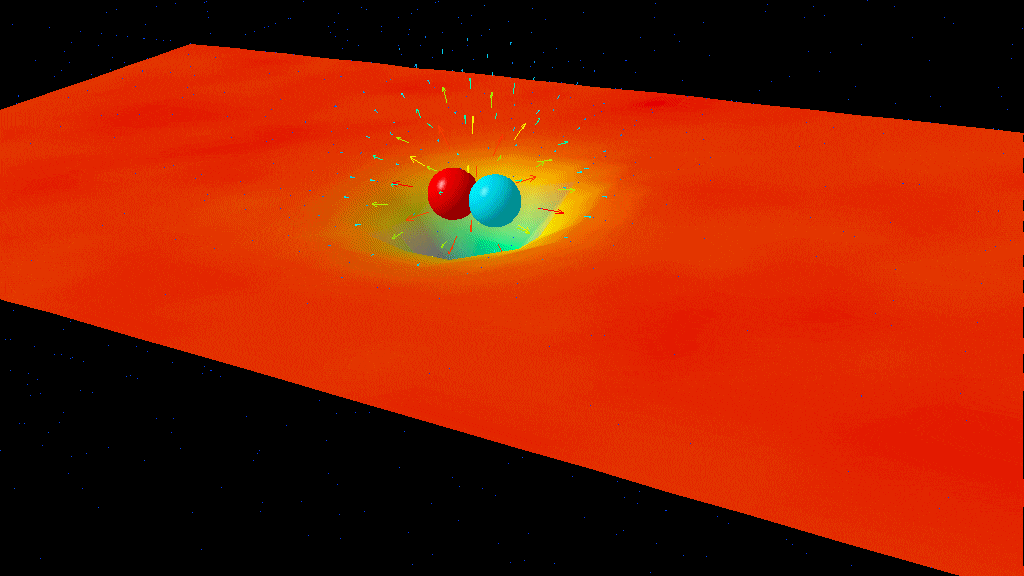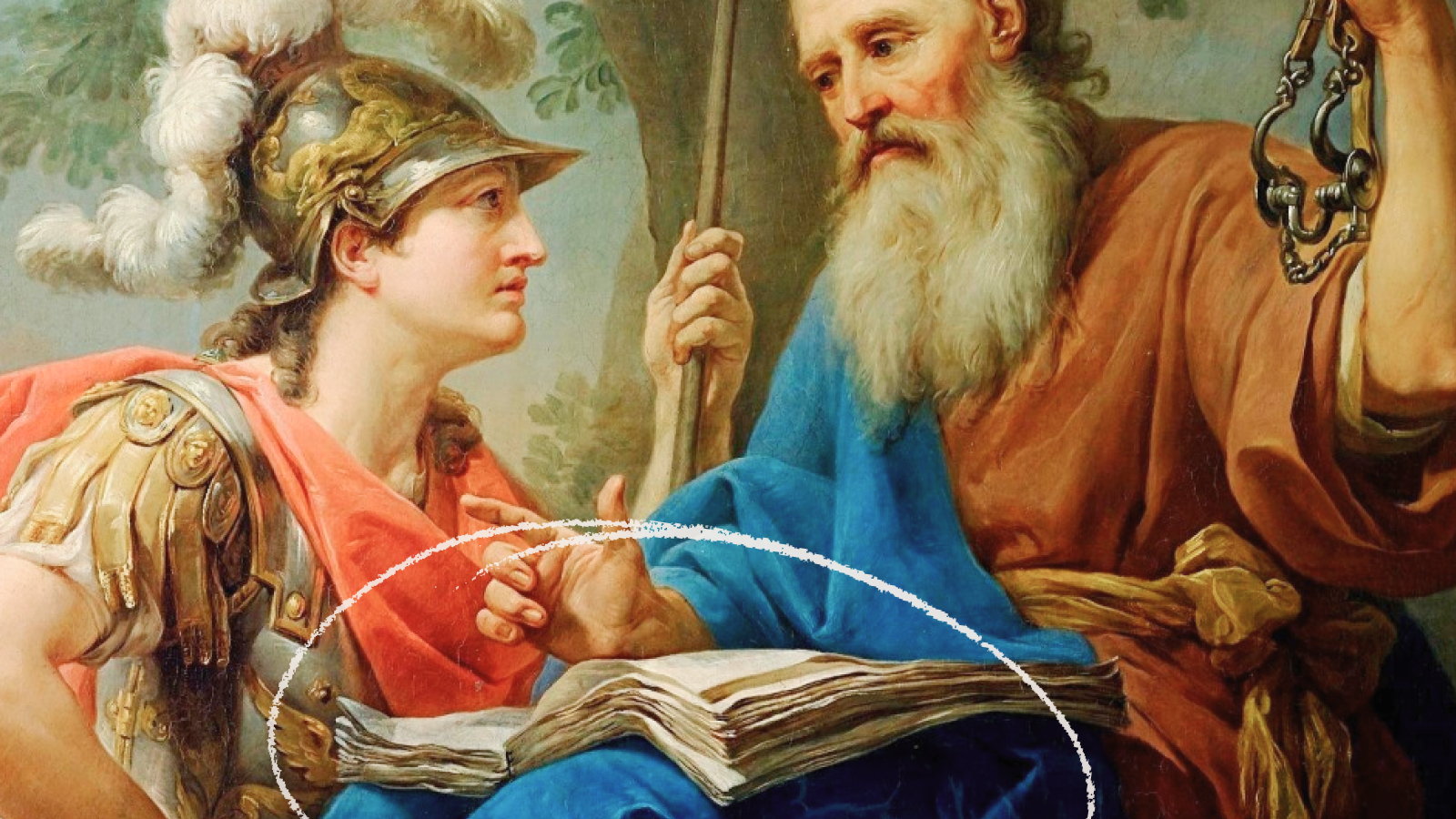The history of poker has witnessed a number of legendary cheaters. The author of “Cowboys Full” explains how you can join their ranks.
Question: What role has cheating played in poker history?
James McManus: It is certainly fair to say that poker was the cheating game throughout most of its first century, the 19th century. Most games were square, but the higher the stakes were, the more certain it was, or the more likely it was, that mechanics, card sharks, card sharps -- blacklegs, as they were often called -- were the people that you were competing against. And they were dealing cards over mirrored rings, or they would manage to take a culled deck, which is a deck that is pre-sequenced to give you a terribly good hand such as four kings and me four aces. And we saw a similar -- we saw a culled deck along those lines in Sting, when Robert Shaw thinks he's going to win a huge pot with four nines, but Paul Newman and his cronies have managed to slip in a double culled deck, which gives Robert Shaw his four nines, but gives Paul Newman, as he says, "Four jacks. You owe me fifteen grand, pal."
Question: Are there ways to tell when somebody’s afraid at the table?
James McManus: There are -- the first thing that the average poker player does it puts on sunglasses. The bigger the game, the more likely you are to show fear if you're about to lose five or five thousand or five hundred thousand dollars. You can augment the sunglasses with a baseball hat; you can pull up a hood. The other thing to consider is that the -- everybody has a different level of calm about them. We have different levels -- some people are born with cooler, stonier poker faces than others. And the people who don’t have that attribute need to assist their poker face with sunglasses and hats. The other thing is that many of us have a different relationship to money. A twenty-five or a twenty-two-year-old guy without a mortgage, without even a girlfriend or a wife, has a different relationship to the fifty thousand dollars that he's just won in a poker game last night than the average, say, married person with a mortgage, who goes out to Las Vegas to play a game. So that your fear when you're playing out a pot, given that two people might have the same hand -- for example, a pair of jacks -- the way that you would face a bet or raise against you depends hugely on your psychological relationship with fifty or five thousand dollars.
Question: How can you tell when somebody is bluffing at the table?
James McManus: Very hard to -- for me these days because the -- since I'm playing online ninety percent of the time -- you cannot -- all you have is your ability to read their previous betting patterns. Can't look at eyes or faces or trembling fingers. In live games you would pay very close attention to the way that they're breathing, the way that their eyes might look, their level of aggression, physical aggression, as they push chips into the pot. But of course the very best players are perfectly capable of doing double reverses on those things. If they've seen you watching them betting and bluffing when they bet aggressively, they can do the exact opposite pattern the next time they play a hand against you. The ability to read when people are bluffing and the ability to make bluffs is a smaller fraction of poker prowess than the average person understands. It's mostly about reading betting patterns and understanding the relationship between the amount of money that you can bet and what's in the pot. Controlling the pot odds is a factor that influences who wins poker hands much more often than somebody's trembling carotid artery or a twitch in the eyelash.





